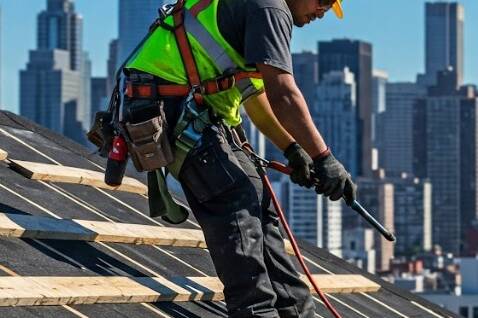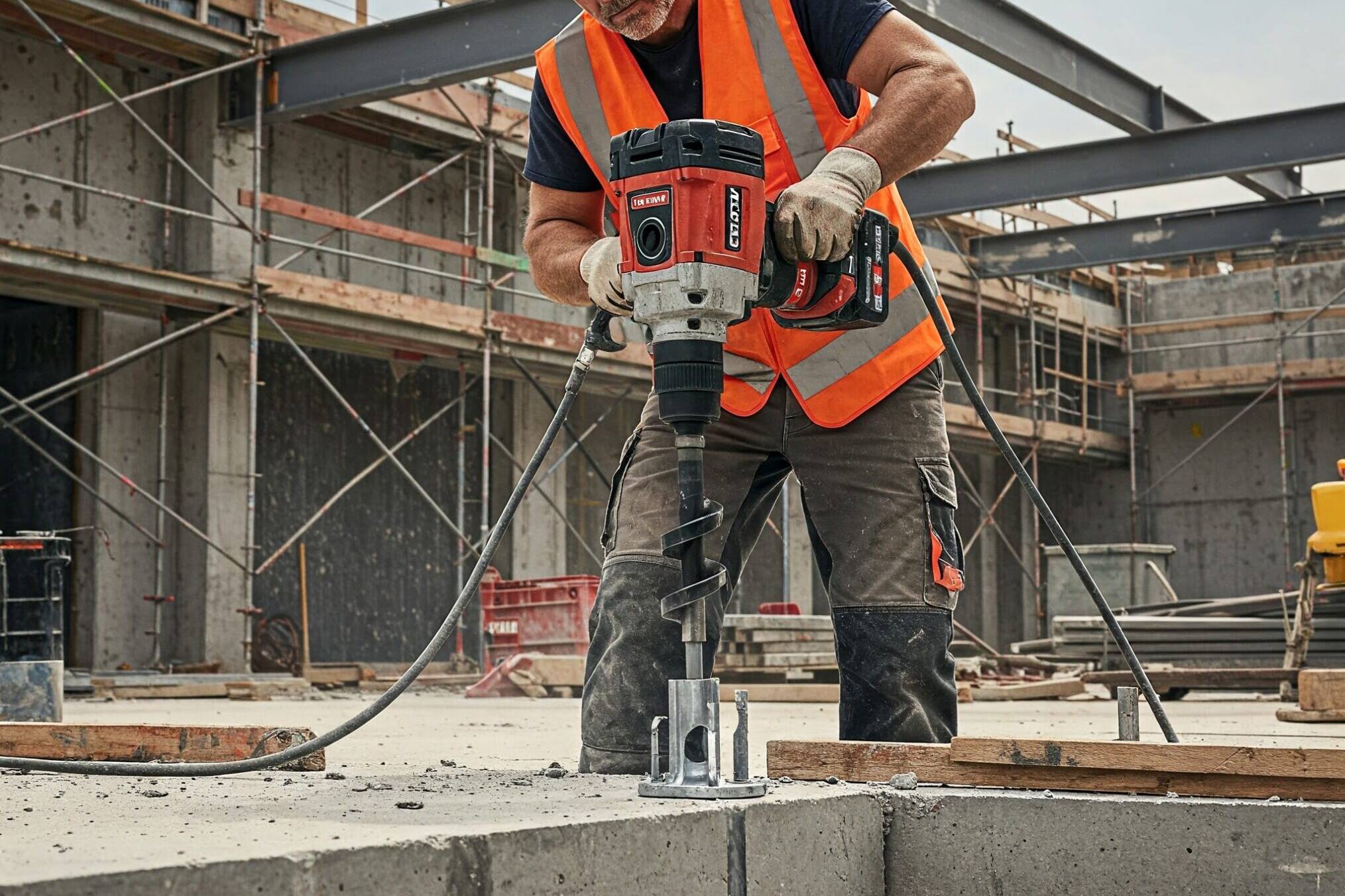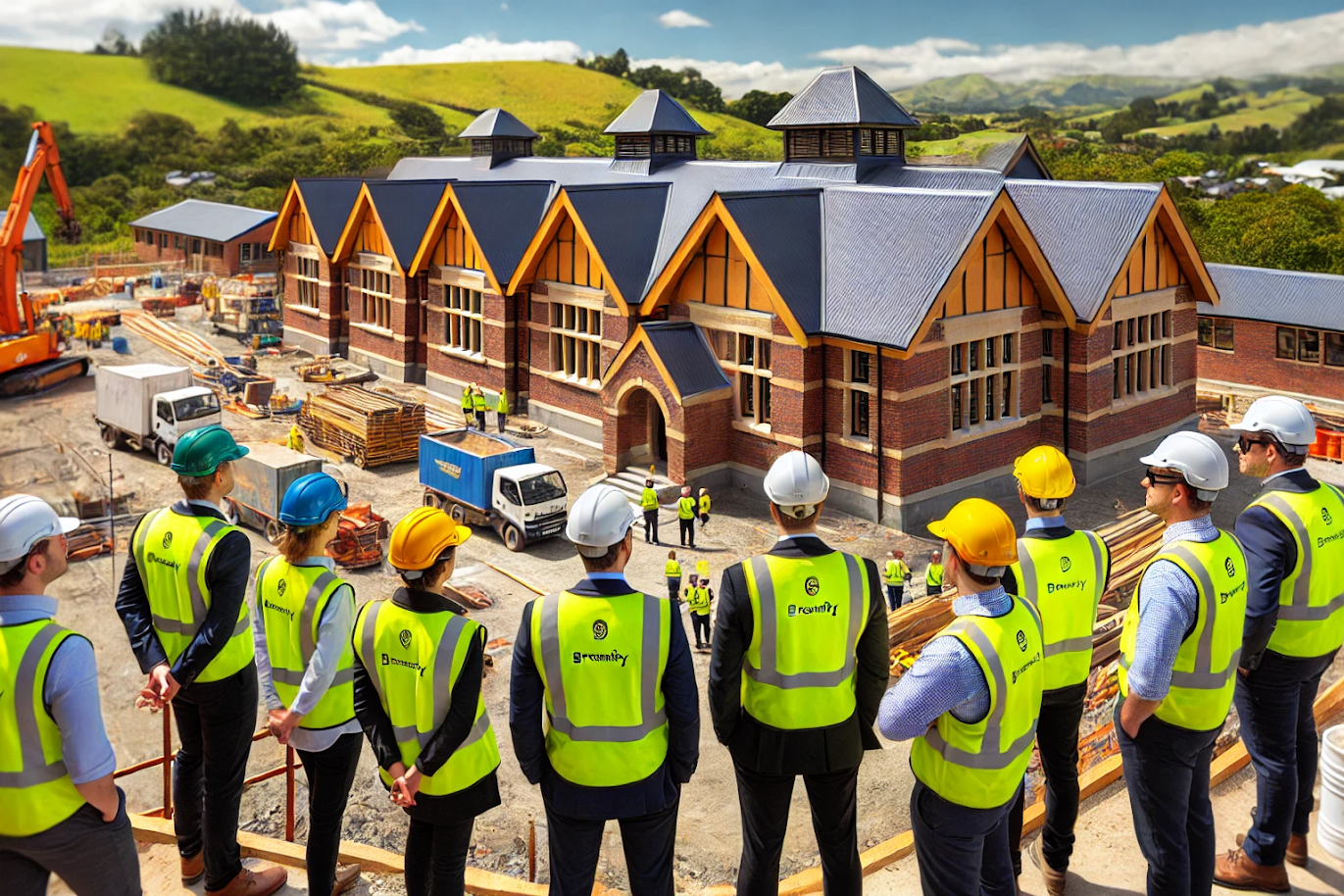As part of our ongoing technical webinar series, this installment aims to demystify C2 rated seismic anchors, a subject that has gained considerable traction in recent times. With the recent changes in New Zealand’s Concrete Standard NZS 3101, the implications for commercial interiors have shifted dramatically. This article not only explains what C2 rated seismic anchors are but also delves into their necessity and impact on various construction elements, specifically focusing on commercial interiors.
What Are C2 Rated Seismic Anchors?
The prevalence of C2 rated anchors in industry discussions is indicative of their growing significance. These anchors, associated with post-installed applications, are vital for both structural and non-structural connections in concrete structures. Recent surveys underscore their substantial use in non-structural elements, such as commercial interiors.
Regulatory Changes: NZ Concrete Standard 3101
The latest iteration of NZS 3101 brings a paradigm shift. It mandates European testing criteria, specifically the Etag 001 Annex E test, for post-installed anchors. This regulatory change sets a new benchmark for quality and safety in construction.
Earthquake Dynamics and Anchor Performance
The seismic behavior of structures during earthquakes highlights the need for robust anchoring solutions. Cracking in reinforced concrete can compromise the effectiveness of anchors, and in worst-case scenarios, lead to catastrophic failure. C2 rated seismic anchors, subjected to rigorous testing conditions, are designed to mitigate such risks.
Implications for Commercial Interiors in New Zealand
The European standards, which form the basis for NZS 3101, recommend the use of C2 rated seismic anchors in both structural and non-structural applications throughout New Zealand.
Case Study: Suspended Ceilings
Suspended ceilings serve as an apt example to demonstrate the ripple effect of the new regulations. These changes have led to a reevaluation of traditional methods, with engineers increasingly specifying larger and more robust C2 rated anchors for such installations.
Final Recommendations
In light of these changes, it’s imperative for stakeholders to reassess their approaches. Single-point failure elements such as seismic braces may warrant the use of C2 anchors, while elements with built-in redundancy might not necessitate such stringent requirements.
Conclusion and Key Takeaways
This article aims to serve as a comprehensive guide to understanding the critical importance of C2 rated seismic anchors in the context of New Zealand’s commercial interiors. The recent changes in NZS 3101 have far-reaching implications, necessitating a more nuanced and informed approach to anchor selection. The discussion underscores the need for clearer guidelines and suggests a path forward for the industry.
By adapting to these new norms and regulations, stakeholders can achieve not just compliance but also enhanced safety and reliability in commercial interior projects.
Fall Arrest Systems: How Fall Protection Compliance Differs Between Australia and New Zealand
While both Australia and New Zealand adhere to similar fall protection standards, their approaches to enforcement and…
Rethinking Seismic Anchors: A Smarter Approach for Interiors Engineering
Explore how Brevity is leading a smarter approach to seismic anchors in interiors engineering—balancing compliance,…
Navigating Interiors Engineering Challenges in New Zealand’s Education Sector: Key Considerations for Architects
Designing interiors for educational facilities in New Zealand requires a precise balance between safety, functionality,…


